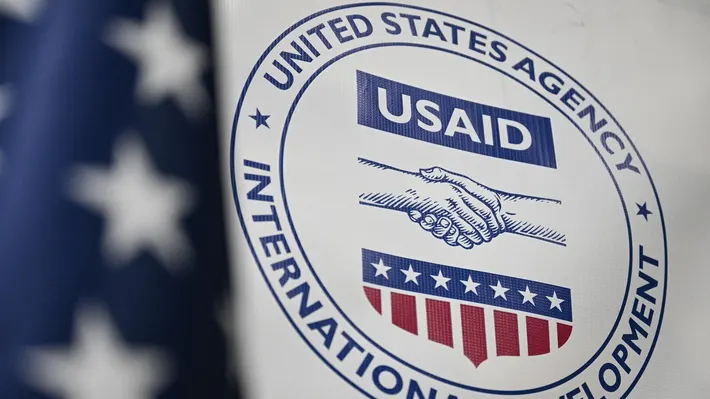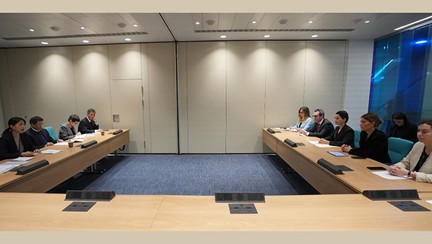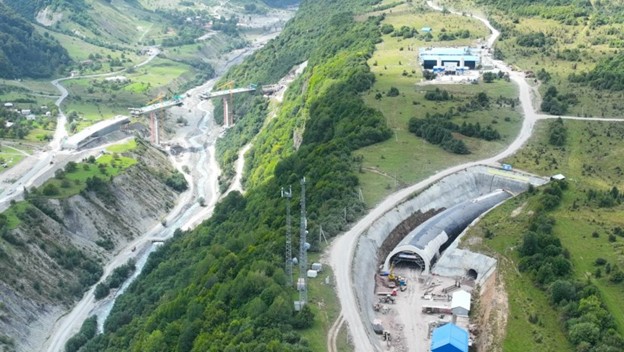Donald Trump called for the immediate closure of USAID in February 2025, with most of its staff expected to be furloughed with pay. The Trump administration has accused the agency of widespread corruption and fraud. It says the agency is “run by radical lunatics.”
According to a statement on USAID’s website, directly hired staff will be placed on administrative leave globally, except those responsible for critical missions, senior leadership, and specially designated programs.
Under Trump’s plan, USAID, which has operated independently for 60 years, would be merged with the State Department, its workforce reduced, and its spending rebalanced according to priorities. However, critics say Trump’s decision would only harm one priority: working against China.
As Professor Huang Yanzhong, a senior fellow for global health at the Council on Foreign Relations, notes, the United States is effectively handing China a golden opportunity to strengthen and expand its influence at a time when China’s economy is struggling.
The Chinese alternative to USAID, the China International Development Cooperation Agency, or China Aid for short, was established by the Chinese government in 2018 to reduce state spending, including on international investment programs such as the Belt and Road Initiative. While Beijing keeps the agency’s foreign aid budget secret, a study by William & Mary’s Global Research Institute found that China provided $1.34 trillion to developing countries between 2000 and 2021, largely through the BRI.
Although China Aid operates differently from USAID, focusing more on loans and visible infrastructure projects than on partnerships and collaborations with local organizations, the agency has an aim of expanding the soft power and influence of their respective governments. China Aid focuses primarily on the Pacific, where the United States, Australia, and other allies are trying to counter China’s efforts to sign security assurance agreements with small but strategically important countries.
On February 5, the Cambodian Mine Action Center (CMAC) said it had received a pledge of $4.4 million from Beijing, exceeding the $2 million the United States donated last year. Ratana said China understands that such support helps “build human networks” and generate economic benefits.
According to Joshua Kurlanczyk, an analyst at the Council on Foreign Relations in New York, the overall shift will be in China’s favor, and the United States will be removed from these processes. In his opinion, Beijing’s increased aid and Washington’s refusal to fund civilian programs “are undermining the democratic potential of virtually every country in the region.”
In Nepal, Chinese officials have reportedly signaled to the Nepalese government that Beijing is ready to replace USAID with its own funds, Annapurna Express reports. Officials in the Cook Islands, a strategically important island chain in the Indo-Pacific, have said they expect USAID to withdraw from the region, which would open the way for China. A delegation from the Cook Islands, led by Prime Minister Mark Brown, will visit China this week to sign an agreement to deepen trade and economic cooperation, including increasing Chinese investment in the country’s infrastructure.
In Colombia, which has received about $385 million in funding through 2024, NGOs that have received USAID funding say the Chinese government is interested in providing them with some funds to fill the gap.
In an interview with Phoenix TV, Hu Zhangliang, vice chairman of CIDCA, did not mention the United States directly but said in passing: “We will not act like some countries that make aid recipients who are unprepared for these situations feel helpless.” Hu also said that China will increase investment in international development and update its approach to foreign aid.




